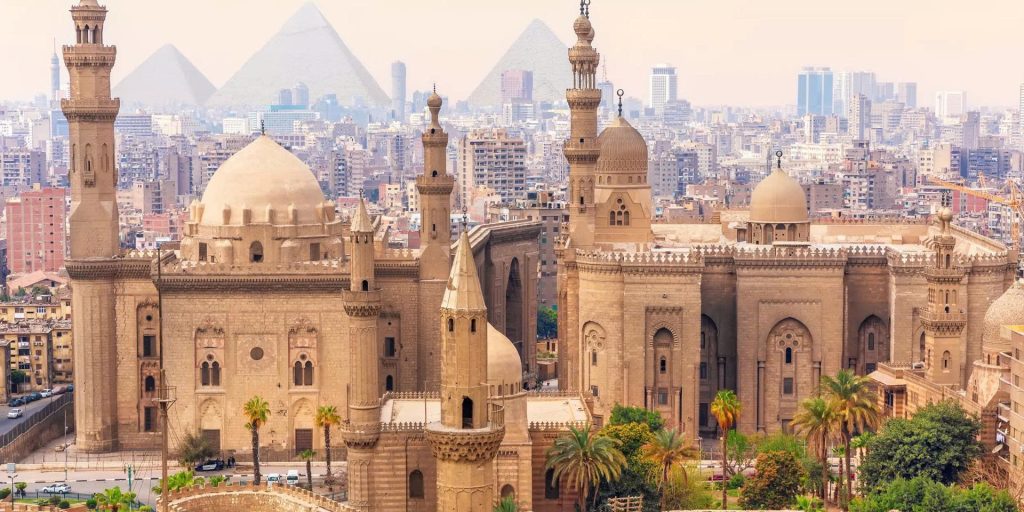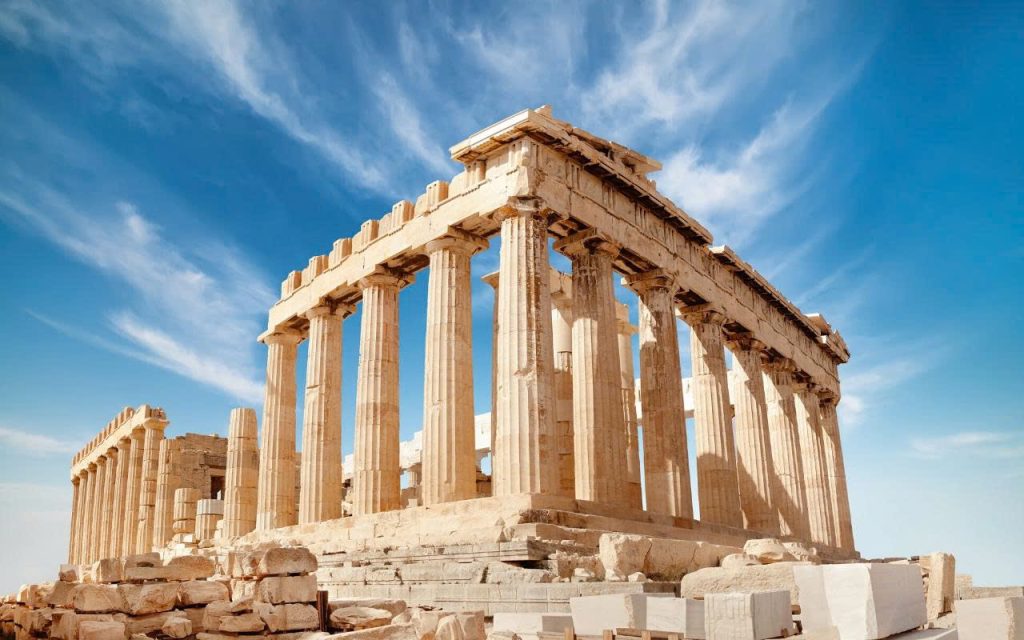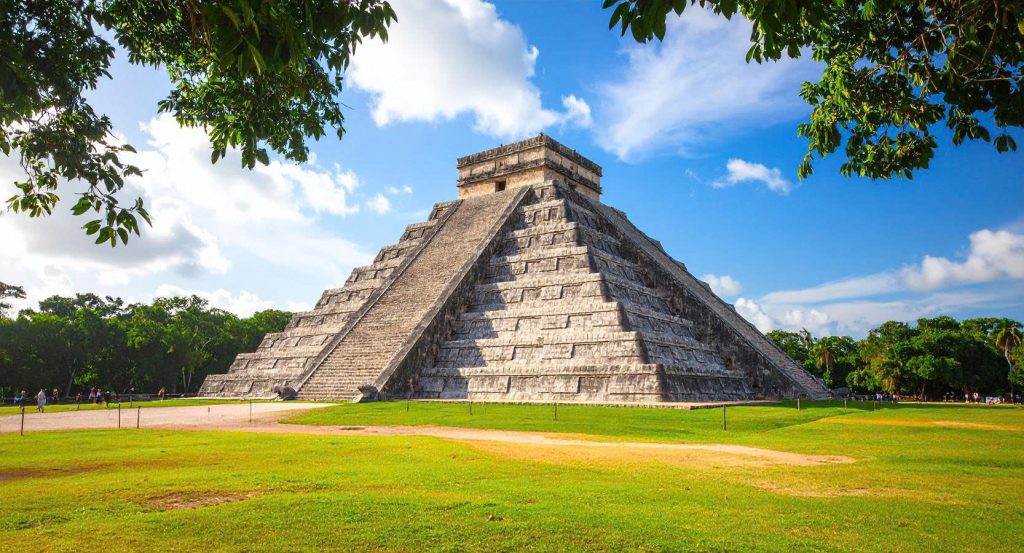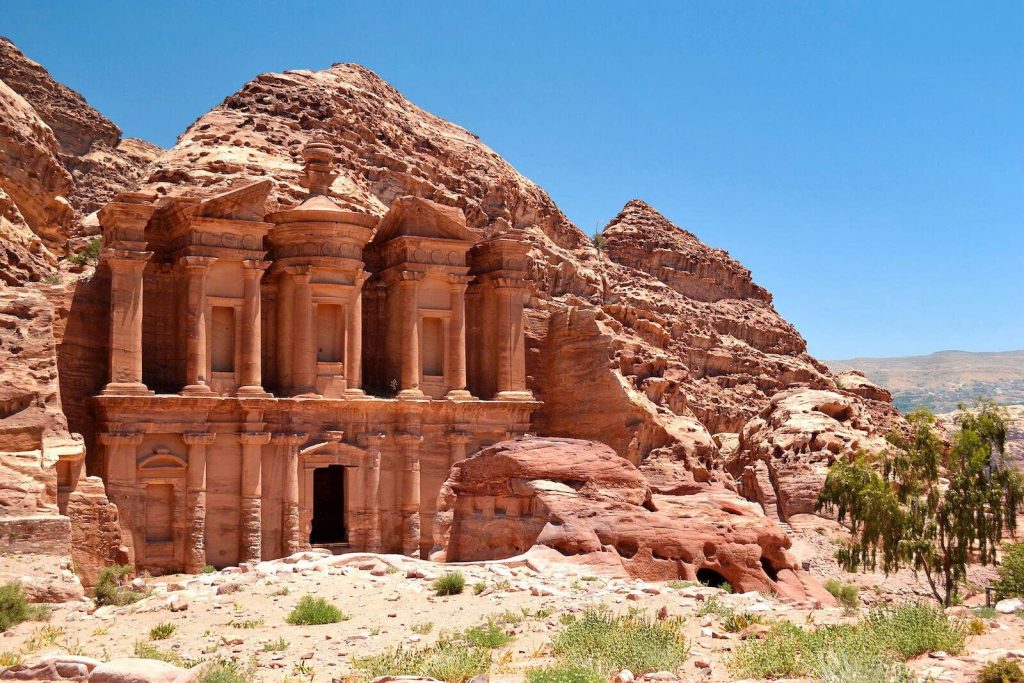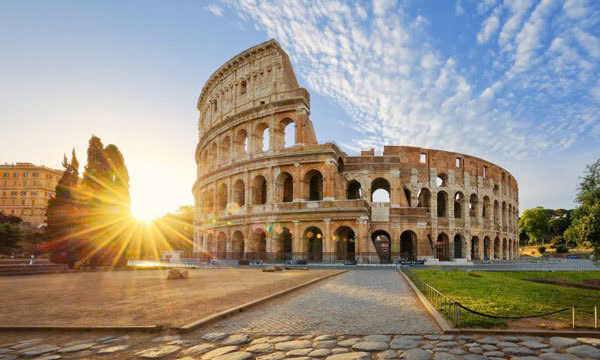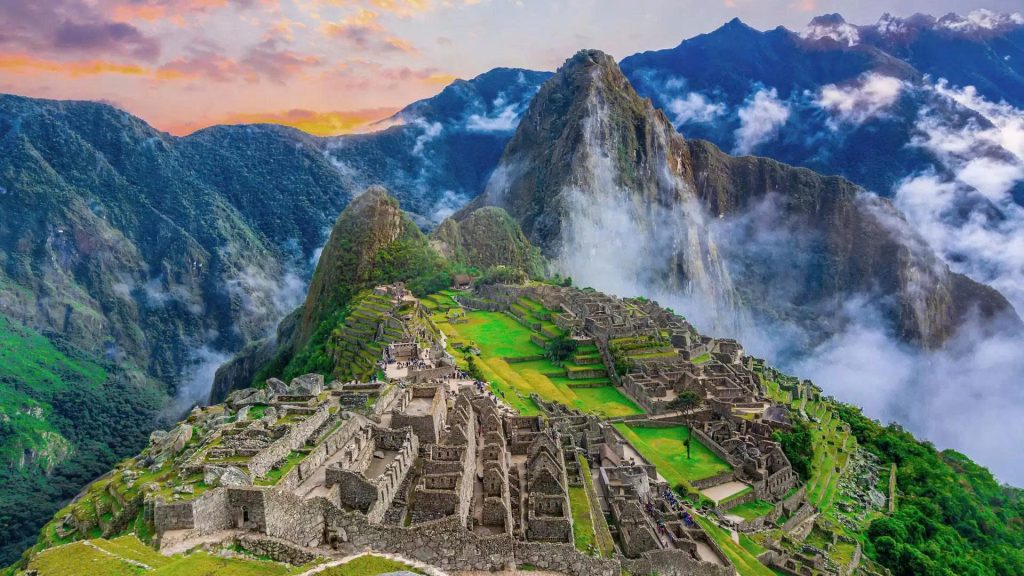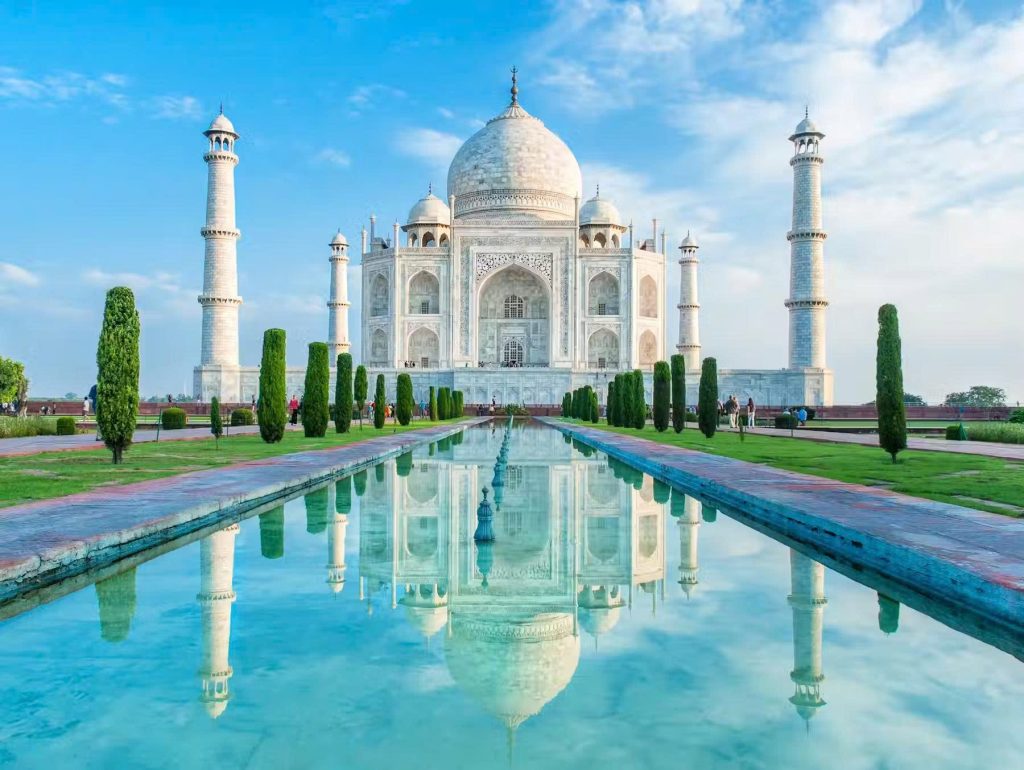Cairo, or al-Qāhirah (“The Triumphant”), is a city of overwhelming, layered history. It is the colossal nexus where the power of the Pharaohs meets the brilliance of Islamic civilization, all wrapped in the dynamic chaos of a 21st-century megacity. Often cited as the ultimate cultural experience, Cairo demands deep preparation and a strategic itinerary to truly unlock its treasures. This article provides the definitive, expert-vetted plan.
When Should You Visit Cairo
Climate and Cultural Timing
- The Ideal Season (October to April)
The single most comfortable period for a visit is the late autumn, winter, and early spring. The weather is dry and mild, averaging (), which is non-negotiable for anyone planning to spend significant time at the exposed desert sites of Giza, Saqqara, and Dahshur. The clarity of the air also enhances the photographic experience. This is peak season, so booking accommodation, internal flights, and major tours six to nine months in advance is crucial.
- Summer Protocol (May to September)
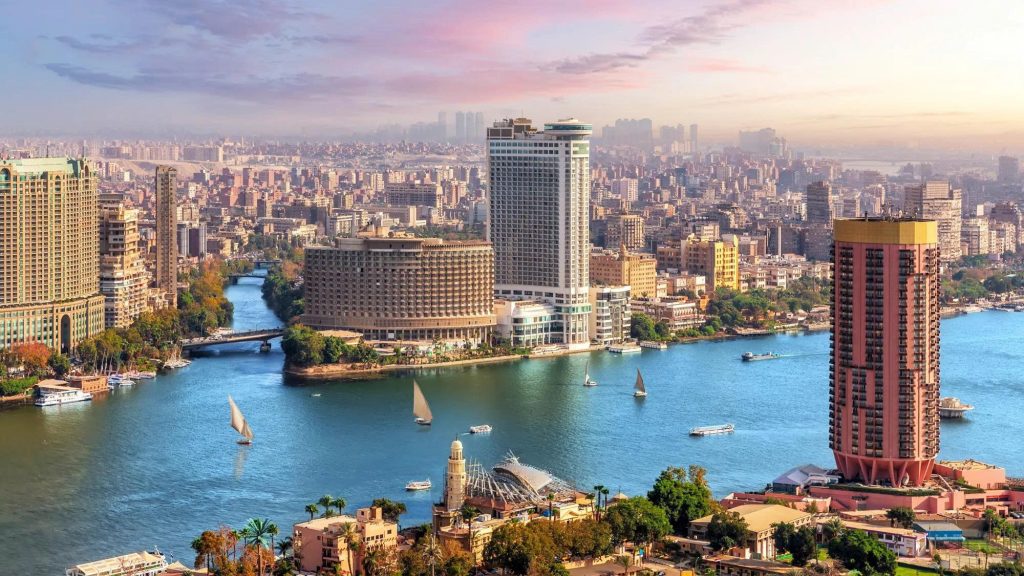
The heat is intense, often exceeding (), which can make midday exploration grueling and potentially dangerous without proper precautions. Your daily schedule must be inverted: plan indoor activities (museums, mosques, air-conditioned taxis) during mid-day (10:00 AM to 4:00 PM) and outdoor activities only before 9:00 AM or after 5:00 PM. Hydration is paramount; plan to consume at least twice your normal amount of water and consistently utilize oral rehydration salts (ORS), which are readily available at local pharmacies.
Ramadan and Holiday Travel: The Cultural Dividend
If visiting during the Islamic holy month of Ramadan, be aware that eating and drinking in public are generally restricted during daylight hours. Tour operations may run on a slightly slower schedule, and some restaurants may be closed. However, the cultural experience of the evening Iftar (the breaking of the fast) and the nighttime vibrancy (Sohour) is unique and beautiful, transforming the city into a festival of lights, food, and family gatherings. Always confirm holiday hours for museums and archaeological sites, as they often shorten.
Mastering Transportation, Apps, and Safety
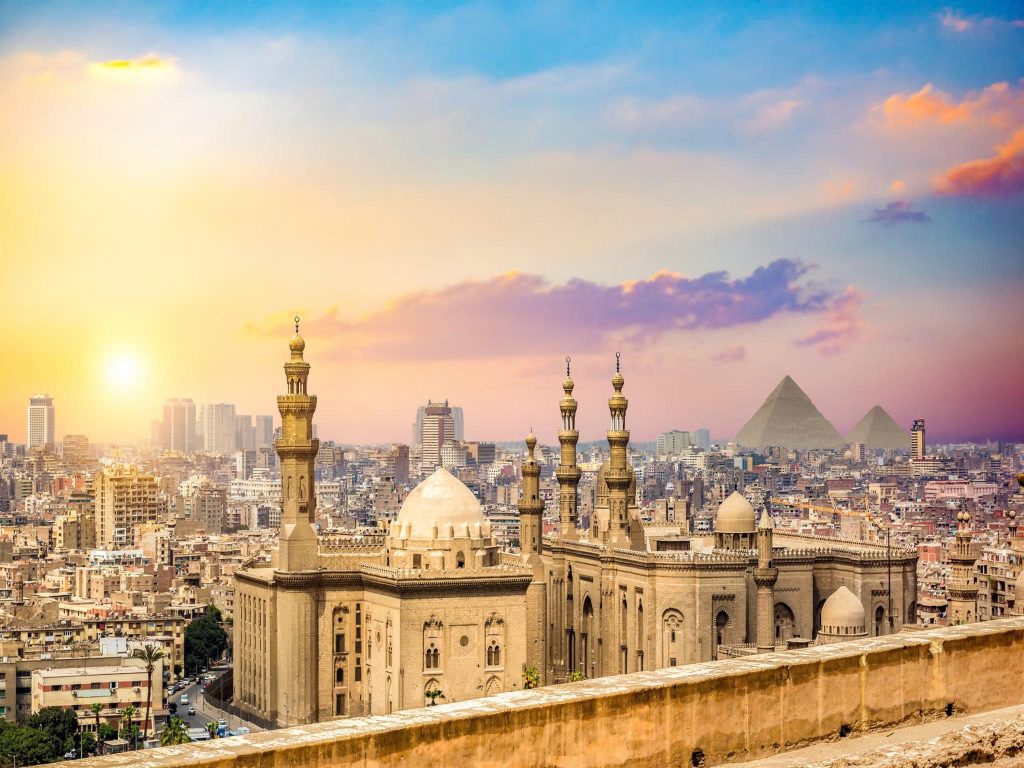
Cairo’s notorious traffic requires a strategic, modern approach to transport to maintain efficiency and sanity.
- The Uber/Careem Strategy: The Frictionless Transit
Uber and Careem (a strong regional competitor, often with better local map knowledge) eliminate two major friction points for tourists: aggressive fare negotiation and the risk of being intentionally lost by a driver. They are the most reliable, safest, and cost-effective means of transport for a tourist, particularly due to the transparent, in-app pricing. Pro-Tip: Always confirm your drop-off point is precisely marked before accepting the ride, and utilize the in-app chat to verify the driver is heading to the correct pick-up location, as street numbers can be confusing.
- Airport Transfers (CAI): The Initial Entry Protocol
Cairo International Airport (CAI) is massive, and the initial entry into the city can be overwhelming. Pre-book a reliable, fixed-price airport pick-up service. Whether a luxury hotel shuttle or a vetted private car service, having a fixed, pre-paid transfer to your accommodation near the Pyramids or downtown is worth the premium to bypass the taxi chaos.
- The Cairo Metro: The Underground Lifeline

The Metro is useful for avoiding surface traffic jams in specific corridors. It’s excellent for reaching Coptic Cairo (Mar Girgis Station) or accessing the central city from farther districts. However, its network doesn’t directly serve the Giza Pyramids area. The system is clean and efficient. Expert Tip: Always validate your ticket upon entry and be aware that the first car of the train is often reserved for women only; respect this local custom.
- Ticket Logistics and Passes (The Transactional Imperative)
Pre-booking and understanding passes is the single most important time-saver in Cairo and is essential to maximizing your budget and time efficiency.
- The Advanced Cairo Pass Strategy
The Cairo Pass (approximately USD, valid for five days) grants access to all major archaeological sites and museums, excluding special exhibition halls. Expert Calculation: The pass pays for itself if you visit the Grand Egyptian Museum (GEM), the Giza Pyramids, Saqqara/Dahshur, and the Citadel of Saladin. It is a massive time-saver, allowing you to bypass individual ticket queues. You must purchase it in person, exclusively at the GEM or the Historic Egyptian Museum in Tahrir Square, with US dollars (new bills only) and two passport-sized photos.
- The Student Card Advantage: The 50% Discount
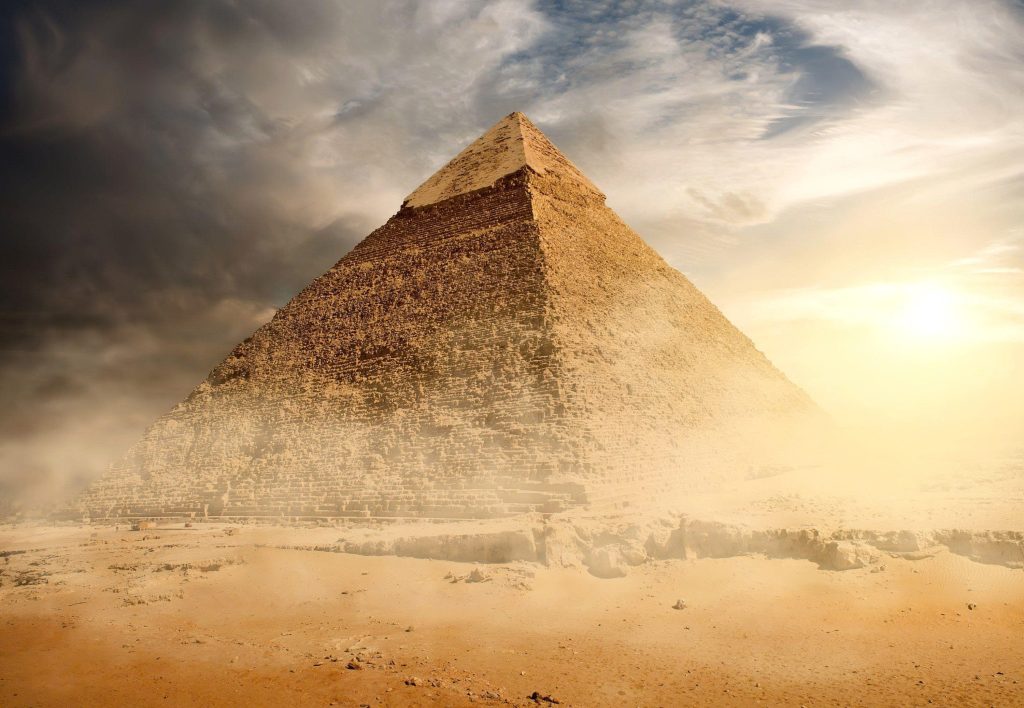
If you are under the age of and hold an International Student Identity Card (ISIC), you are eligible for up to a discount off most standard entry fees. For those who visit only the core sites (Giza, GEM), the ISIC discount might make the Cairo Pass potentially unnecessary or overkill, offering greater financial flexibility.
- Internal Tickets: Deep Access Costs
Always remember to purchase the necessary supplemental ticket for deep access into the most prized Entities: this includes entering the Great Pyramid of Khufu, the Solar Boat Museum (if still at Giza), and specific, newly opened tombs at Saqqara/Dahshur. These tickets must usually be purchased at the main site ticket office and cannot be pre-booked online or covered by the Cairo Pass.
The Pharaonic Marvels
1. The Giza Pyramids and The Great Sphinx
The ultimate visual symbol of ancient ingenuity and power. No trip to Egypt is complete without this pilgrimage.
The Architectural Scale and Precision
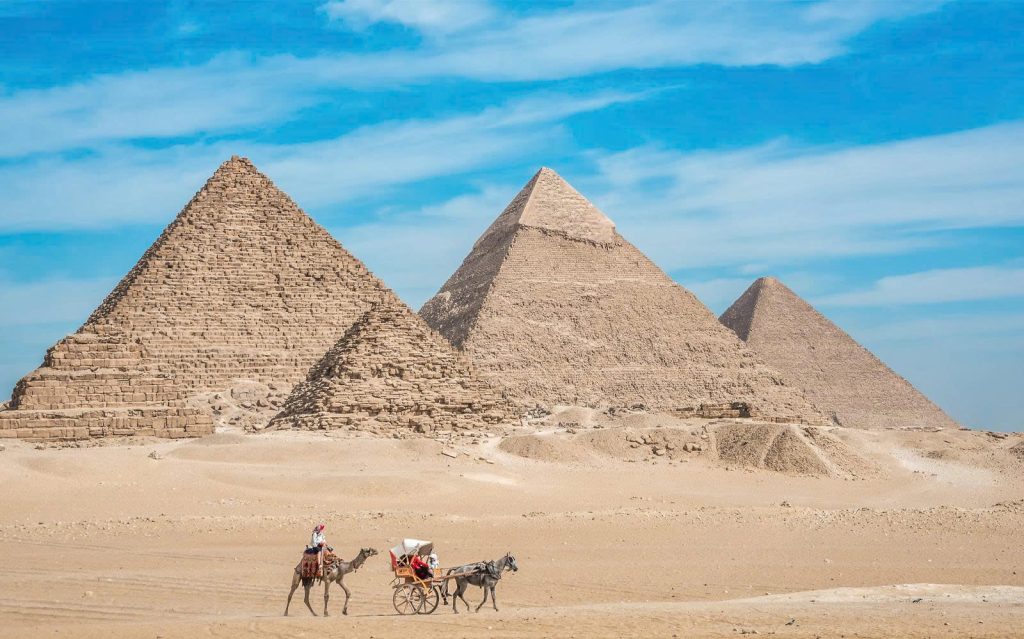
The Great Pyramid of Khufu was the tallest man-made structure for over years. Do not simply view it from afar. Spend time walking around the base to fully appreciate the perfect mathematical and engineering precision of the individual stone blocks, many weighing several tons and having been quarried and placed with impossible accuracy. This scale provides a profound Experience of Pharaonic might.
The Sphinx Enigma and Vistas
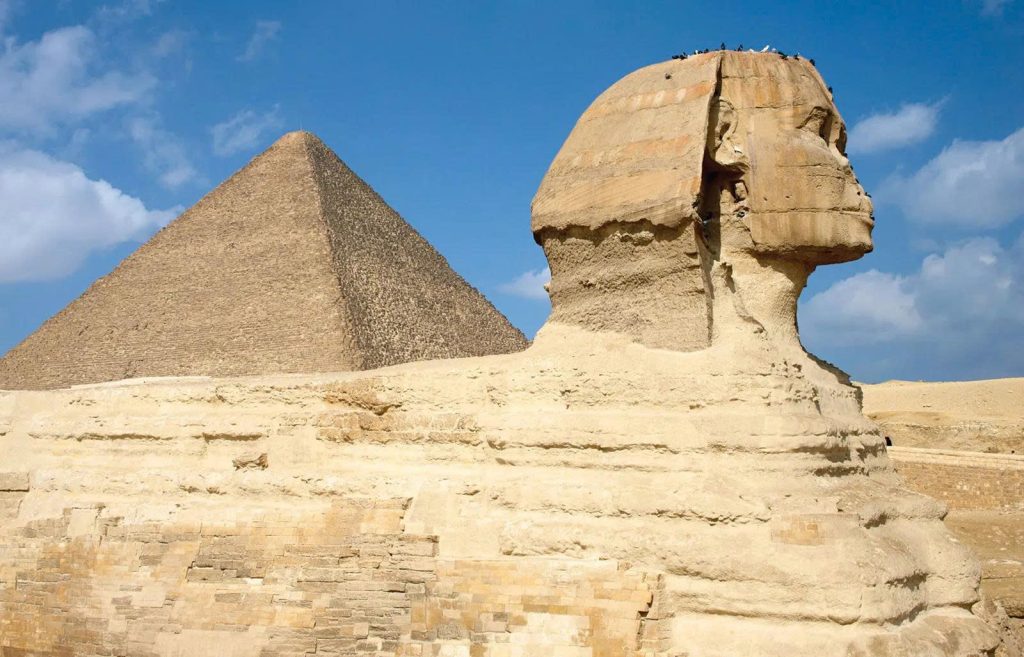
Located on the Giza plateau, the Great Sphinx faces east, eternally guarding the plateau. It is typically accessed via the causeway connecting the Pyramid of Khafre. Its mysterious origins, possible dating to the time of Khafre, and the missing nose continue to fuel intense historical and archaeological debate. The Panorama Point on the southern edge of the plateau offers the classic photo opportunity of all three pyramids in a single line.
Practical Experience (Inside Khufu)
Entering the Great Pyramid is a genuine pilgrimage, offering an intimate moment of Experience. The initial passage is steep and low, and the air is thick with the scent of age and humidity, but standing inside the dark, imposing King’s Chamber is a powerful, irreplaceable moment of reflection on the endurance of history.
2. The Grand Egyptian Museum (GEM)
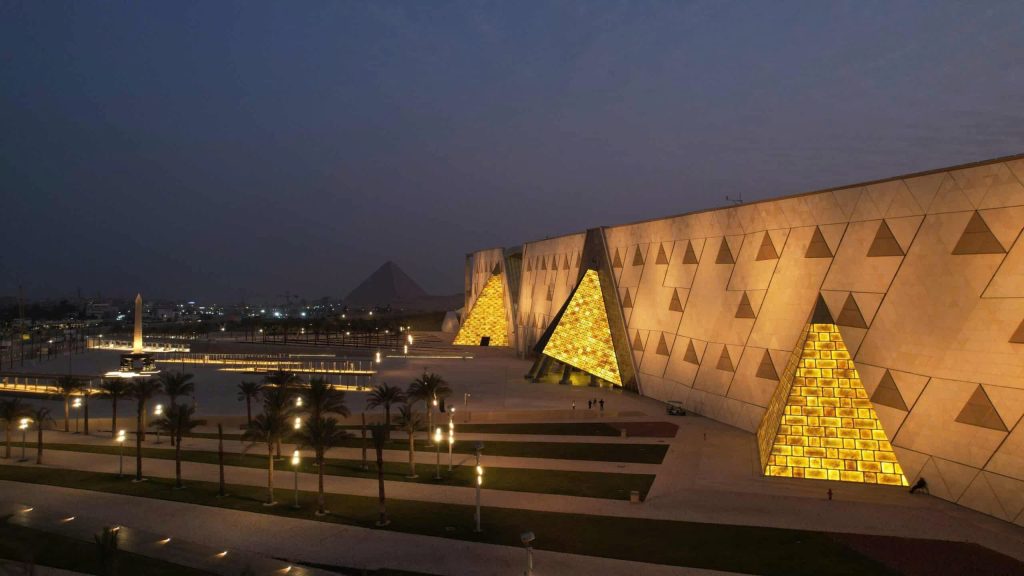
The new flagship of Egyptology, a sprawling, modern facility designed to house the nation’s treasures in a state-of-the-art environment.
This is the museum’s anchor and a historical Authority unrivaled globally. The vast, delicate collection from the tomb of King Tut, including his three golden sarcophagi, his jewelry, chariots, and the iconic funeral mask, is displayed in a dedicated, comprehensive gallery. Allow a minimum of two hours just for this collection to properly absorb the staggering wealth and artistry.
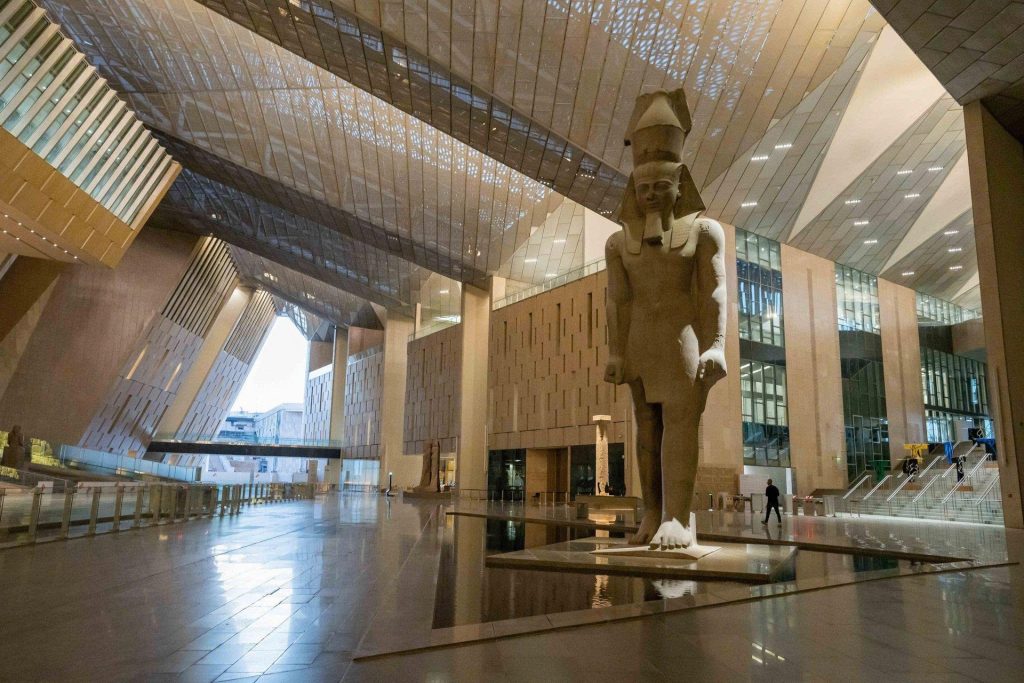
Note the colossal statue of Ramesses II welcoming visitors in the atrium. The museum’s sheer size and its Grand Staircase (designed to display monumental statues in chronological order as visitors ascend) make it a crucial icons of modern Egypt. The architecture itself is a statement of contemporary Egyptian ambition.
The GEM’s chronological layout allows you to trace Egyptian history from predynastic times through the Roman era, providing invaluable Expertise context often missing at the site level. Use the layout to understand the evolution of burial rites, artistry, and military technology.
3. Saqqara: The Birthplace of Pyramids
A vast, less-crowded necropolis essential for understanding the transition from mud-brick tombs to pyramids. It is a critical stop for historical Expertise.
The Step Pyramid of Djoser: The Architectural Revolution
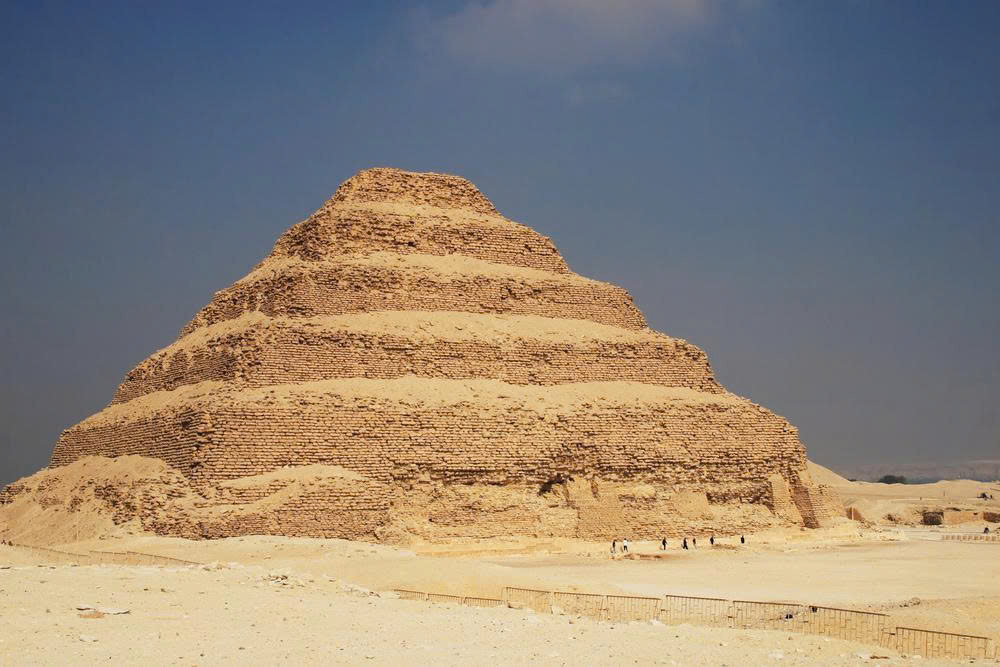
The focal point is the Step Pyramid of Djoser. Designed by the visionary architect Imhotep, this tiered structure (c. BC) represents the moment Egyptians began building in permanent, massive stone—a true revolution in architecture and state organization. The surrounding complex walls are equally fascinating.
The Tombs of the Nobles: A Look at Daily Life
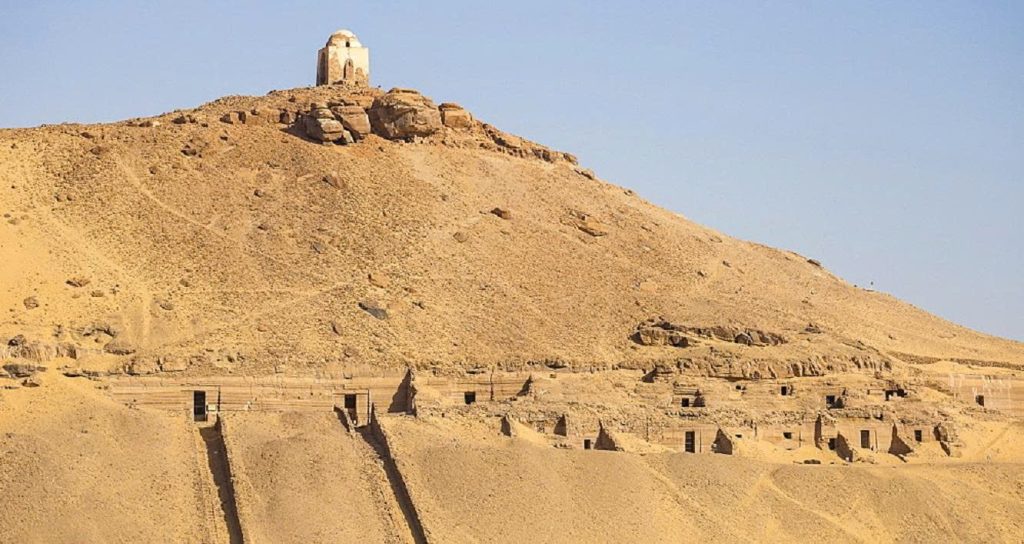
Unlike the monumental pyramids, the surrounding mastabas (flat-roofed tombs) of nobles like Ti feature beautifully preserved interior walls. These walls depict detailed, colorful scenes of ancient daily life—farming, hunting, craftsmanship, and banquets—offering a deep Experience of Pharaonic culture that the grandeur of the pyramids cannot provide.
4. Dahshur: Architectural Trial and Error
Dahshur provides the necessary context to appreciate the perfection achieved at the Giza Pyramids, showing the learning curve of the Fourth Dynasty.
The Bent Pyramid: A Lesson in Failure
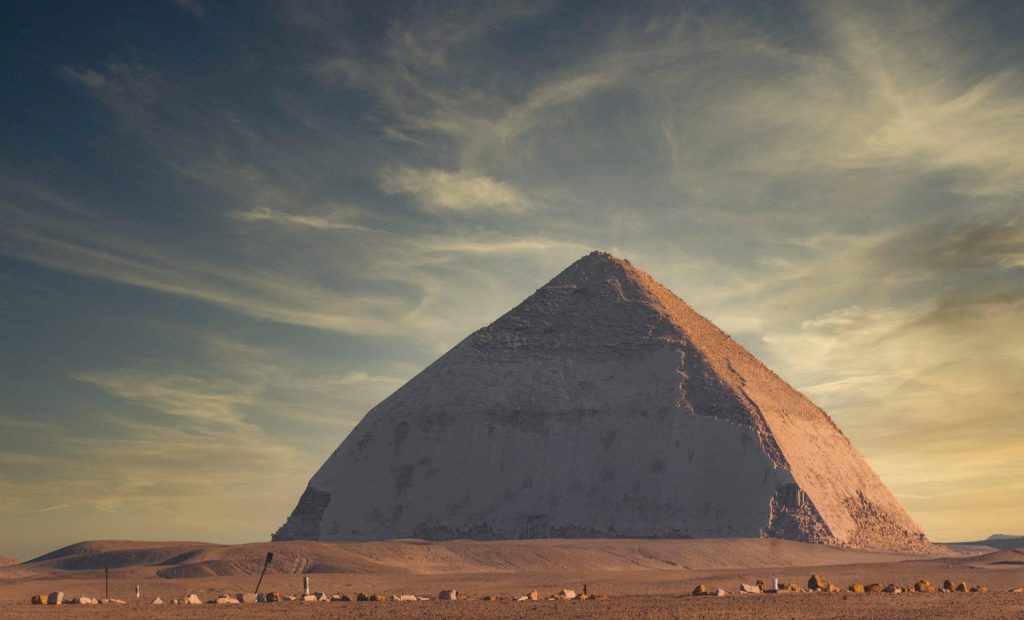
The Bent Pyramid is an incredible study in ancient engineering failure. Due to structural instability and a mid-construction change in angle, this pyramid is uniquely shaped. Its exterior preservation and relative lack of crowds make it highly rewarding for photography and for understanding the empirical process of ancient builders.
The Red Pyramid: The Successful Smooth-Side
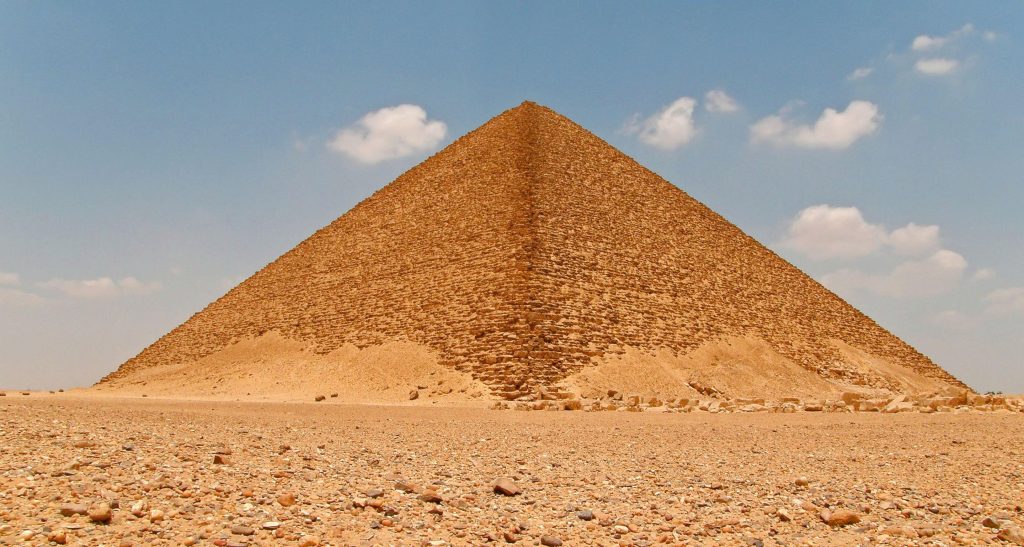
The Red Pyramid, built for Sneferu (father of Khufu), is the third pyramid he built and the first truly successful smooth-sided pyramid. It’s often open for visitors to enter, offering a similar, cavernous internal experience to the Great Pyramid but with significantly less tourist traffic, making it a more peaceful Experience.
5. The Historic Egyptian Museum
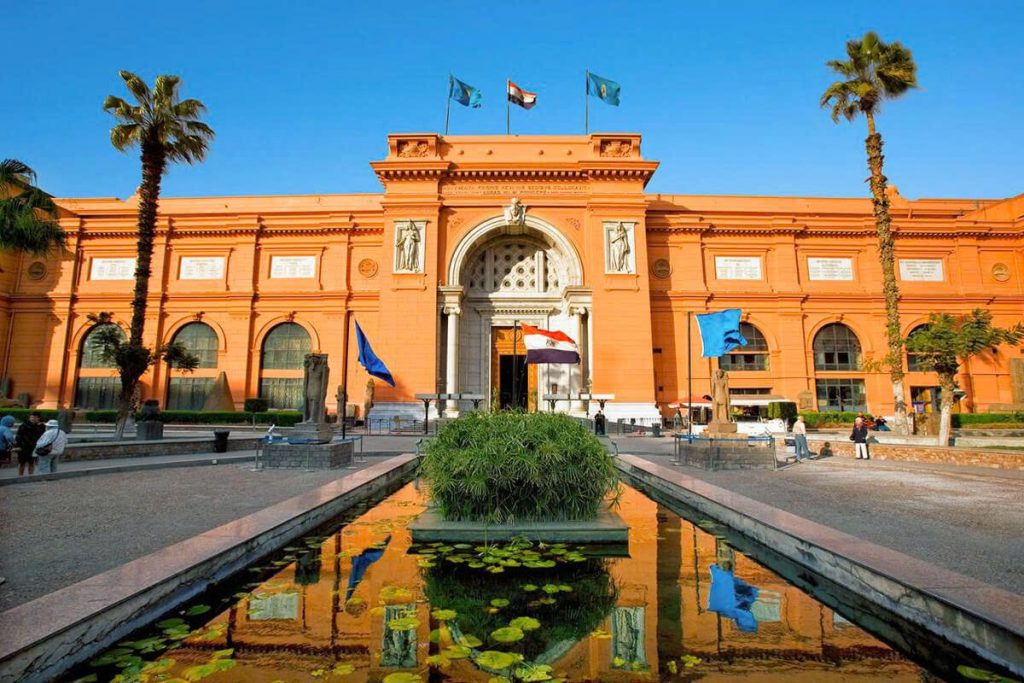
The classic museum experience, still retaining thousands of beautiful, historically significant artifacts despite the transfer of the most famous pieces to the GEM.
The museum’s grand, evocative halls still hold immense collections of statuary, colossal sarcophagi, and the stunning silver collection of Psusennes I. While some of the Royal Mummies were moved to the NMEC, the remaining artifacts provide a profound historical depth in an atmospheric, older setting that many feel is irreplaceable.
Medieval, Coptic, and Islamic Cairo
These sites highlight the second monumental layer of Cairo’s history, established by various dynasties from the 7th century onward, demonstrating the city’s enduring geopolitical significance.
6. The Citadel of Saladin and Muhammad Ali Mosque
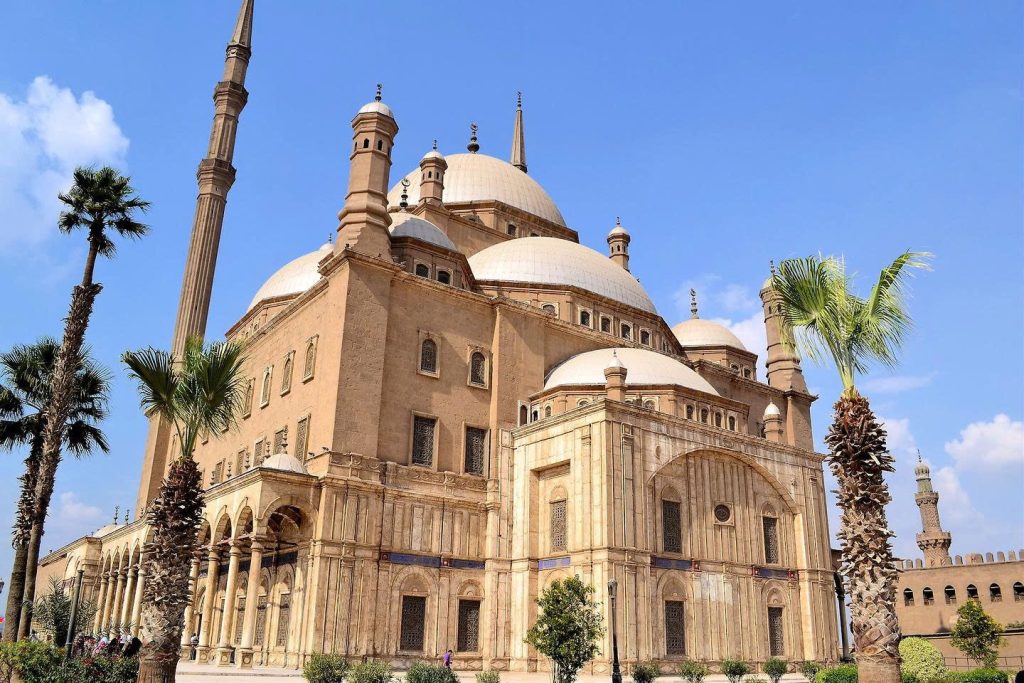
The fortified heart of Cairo for nearly seven centuries, offering a crucial lesson in political and military history, established by the great Ayyubid leader Saladin in the 12th century.
Officially the Mosque of Muhammad Ali. Built in the century in the grand Ottoman style (similar to the Blue Mosque in Istanbul), it stands in stark contrast to the medieval military architecture of the Citadel. The spacious courtyard and opulent interior, with its famous alabaster cladding, are architecturally remarkable.
The Panoramic View: The viewing terrace near the mosque provides the city’s single best viewpoint, offering a breathtaking, vast perspective over Islamic Cairo, its thousand minarets, and, often, a faint silhouette of the distant Giza Pyramids on the horizon. This is an unmissable photographic and reflective Experience.
7. Lose Yourself in Khan el-Khalili Bazaar
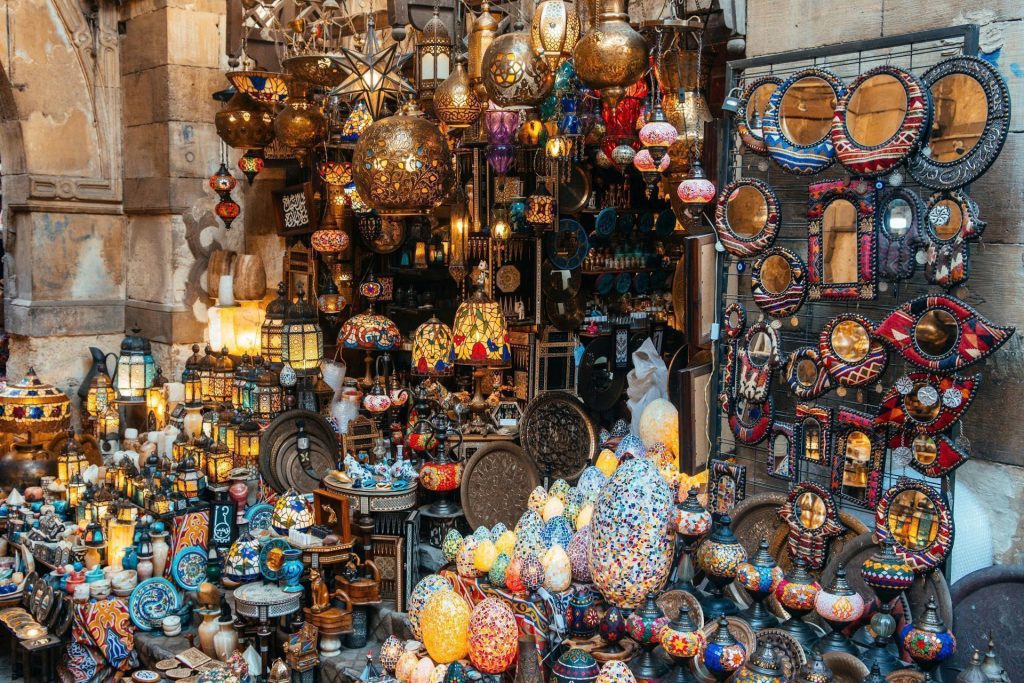
The oldest and most famous bazaar, a whirlwind of scent (spices, perfume), sound (street hawkers, music), and vibrant commerce dating back to the 14th century.
Negotiation is mandatory for all non-fixed-price items. It is a cultural expectation, not a confrontation, and is part of the fun. Remain lighthearted, polite, and firm, aiming for a price lower than the initial quote. A good rule is to never pay more than half the opening price.
El Fishawy Café: The Eternal Coffee House
Stop at the atmospheric, historic El Fishawy Café (often called the “Café of Mirrors”), which is famously said to have been open continuously for hours a day for over years. Order strong Egyptian coffee or the sweet mint tea and soak in the atmosphere of the mahwa (coffee house), a traditional social and political hub.
8. Discover Christian Coptic Cairo
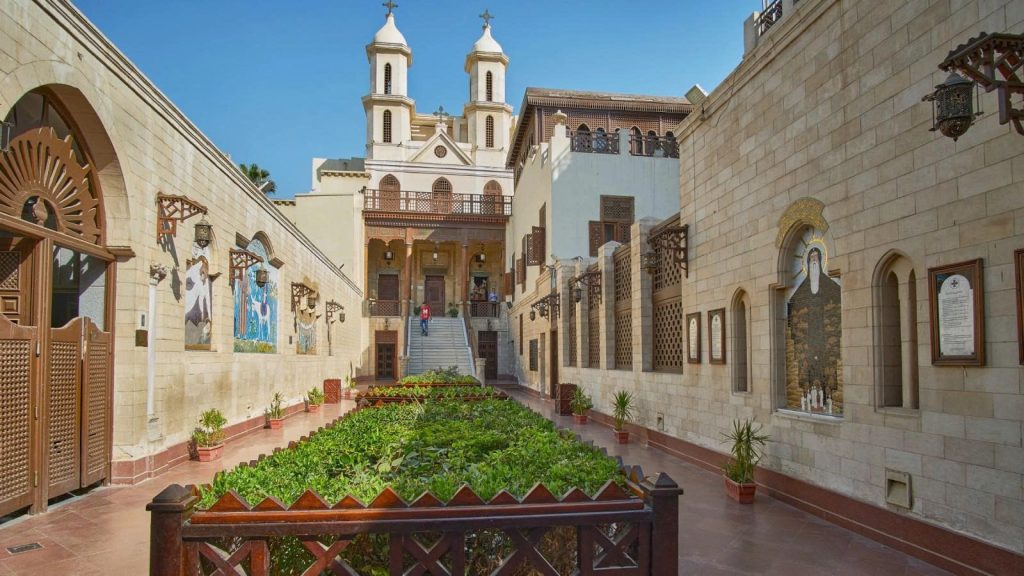
A serene, walled quarter built around the ruins of the Roman Fortress of Babylon. This area is essential for understanding the deep history of Egyptian Christianity.
The Hanging Church (Al-Muallaqa)
Named for its position built atop the southern gates of the Roman fortress. Its stunning interior features intricate wooden roofs, marble pulpits, and ancient icons, embodying the Authority and deep history of the Coptic Orthodox Church.
St. Sergius and Bacchus Church: The Holy Family Legend
This ancient church is traditionally believed to mark the spot where the Holy Family (Joseph, Mary, and the infant Jesus) rested after fleeing King Herod, adding a profound layer of religious Significance to the visit. The crypt, which is accessible, is one of the oldest parts of the structure.
9. Tour Islamic Cairo’s Street Art and Architecture
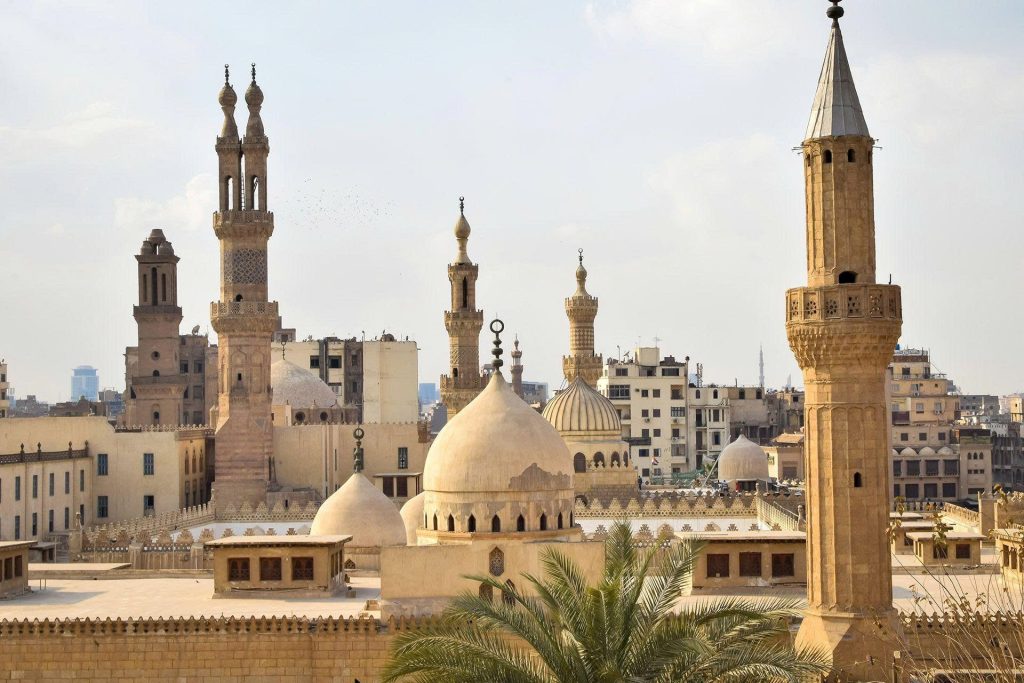
A UNESCO World Heritage area famous for its madrassas, mosques, and medieval city gates. A guided walk through this area is key to gaining historical Expertise.
Al-Azhar Mosque and University
One of the most important centers of Islamic learning globally since its founding in AD. Its architecture spans centuries, reflecting the various dynasties that governed Cairo (Fatimids, Mamluks, Ottomans).
Mosque of Ibn Tulun: The Minaret Climb
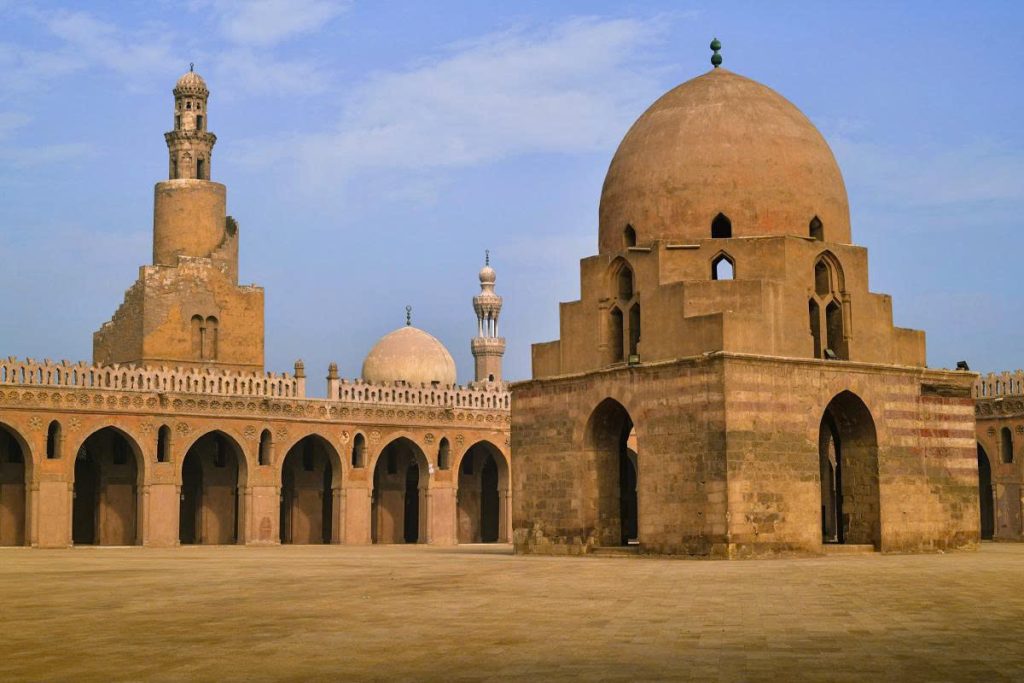
The largest mosque in Cairo by land area, renowned for its massive courtyard and unique, corkscrew-shaped Minaret (believed to be inspired by the lighthouse in Samarra, Iraq).Tip: Climbing the minaret offers a rare, intimate view over the historic, flat rooftops of Old Cairo, a unique Experience.
10. The National Museum of Egyptian Civilization (NMEC)
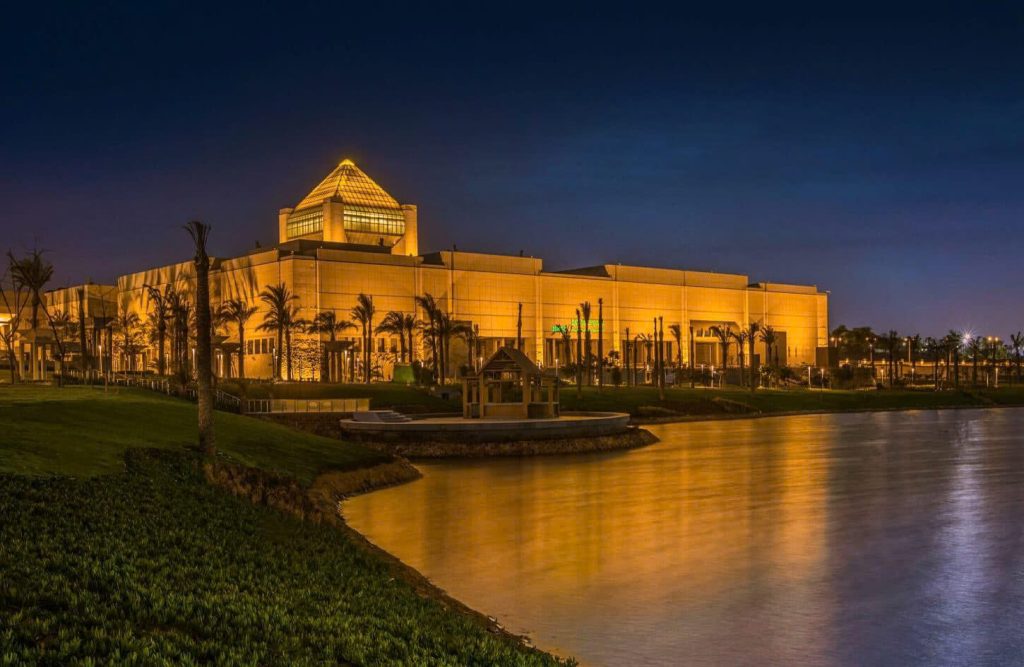
The modern, state-of-the-art museum focusing on the entire sweep of Egyptian history, from prehistory to the modern day, not just the Pharaonic era.
The Royal Mummies Hall:The centerpiece attraction. This dramatically lit, climate-controlled hall displays royal mummies, including pivotal figures like Ramesses II and the female Pharaoh Hatshepsut. It offers a scientific, respectful, and powerful look at these pivotal Entities and the advanced mummification techniques of ancient Egypt.
Culture, Cuisine, and Contemporary Cairo
These activities round out the Top 20 by offering essential insight into modern Egyptian life and ensuring a full cultural Experience.
11. Experience the Nile on a Felucca or Dinner Cruise
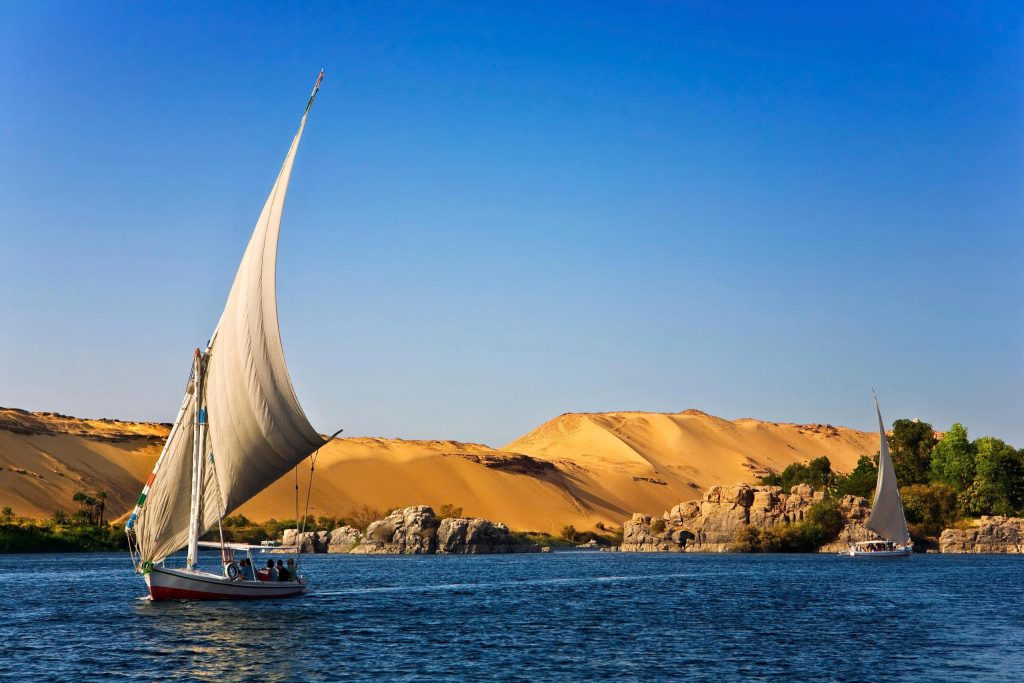
The River Nile is the city’s lifeblood. Getting on the water provides a necessary, relaxing contrast to the land-based chaos.
Felucca Ride: Hire a traditional, simple felucca (sailboat) in the late afternoon. This is a low-key, peaceful retreat and the absolute best way to watch the city’s adhan (call to prayer) echo across the water at sunset as the light hits the city. Negotiate the price with the captain before boarding.
Dinner Cruise: A more formal, Transactional evening activity, typically featuring a lavish buffet, traditional Arabic music, and live cultural performances of belly dancing and the mesmerizing Sufi whirling dervishes (Tannoura).
12. Dive Deep into Egyptian Cuisine

Authentic Egyptian food is a complex fusion of regional influences, heavily relying on legumes, vegetables, and comfort carbohydrates.
Koshari is the definitive national dish. This hearty vegetarian comfort food—a brilliant layering of pasta, rice, lentils, chickpeas, and fried onions with a tangy, spicy tomato sauce—is a must-try. Seek out a dedicated Koshari restaurant (like the famous Abou Tarek) for the best, most authentic experience.
Start your day like a Cairene. Taameya (Egyptian fava bean falafel) and Ful Medames (slow-cooked fava beans with olive oil, lemon, and spices) are the staple Egyptian breakfasts—delicious, cheap, and ubiquitous. This is the Expertise of the local food scene.
13. Ascend the Cairo Tower
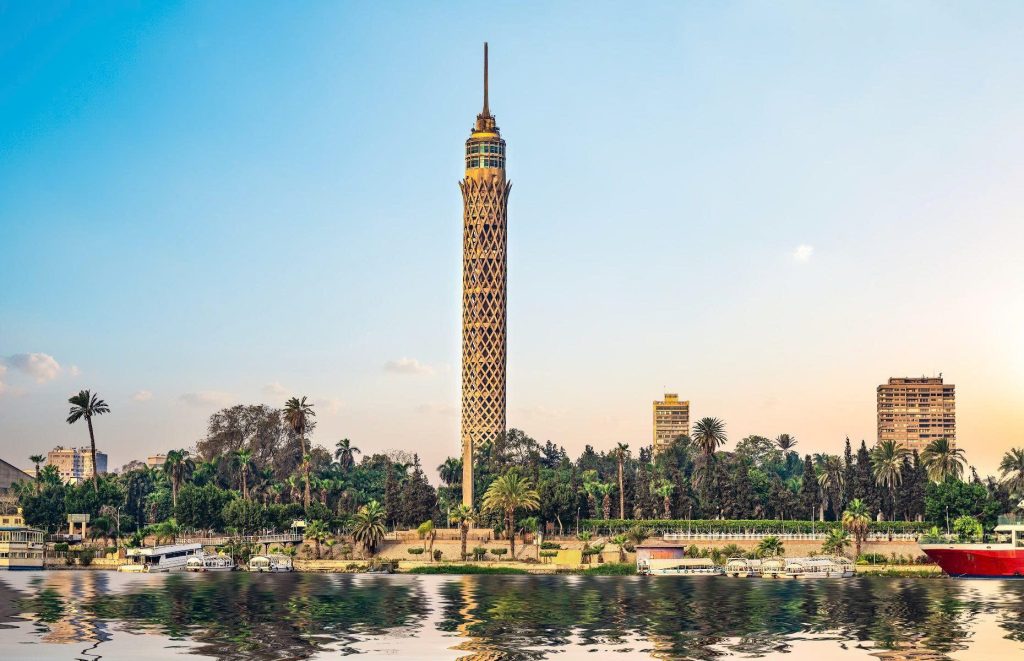
Located on Gezira Island, this -foot tall structure offers an observation deck with unparalleled views of the city.
Visit just before sunset. The view of the Nile, the distant Pyramids (on a clear day), and the city lights igniting the urban sprawl is spectacular and worth the ticket price for the ultimate urban Experience.
14. Wander Al-Azhar Park
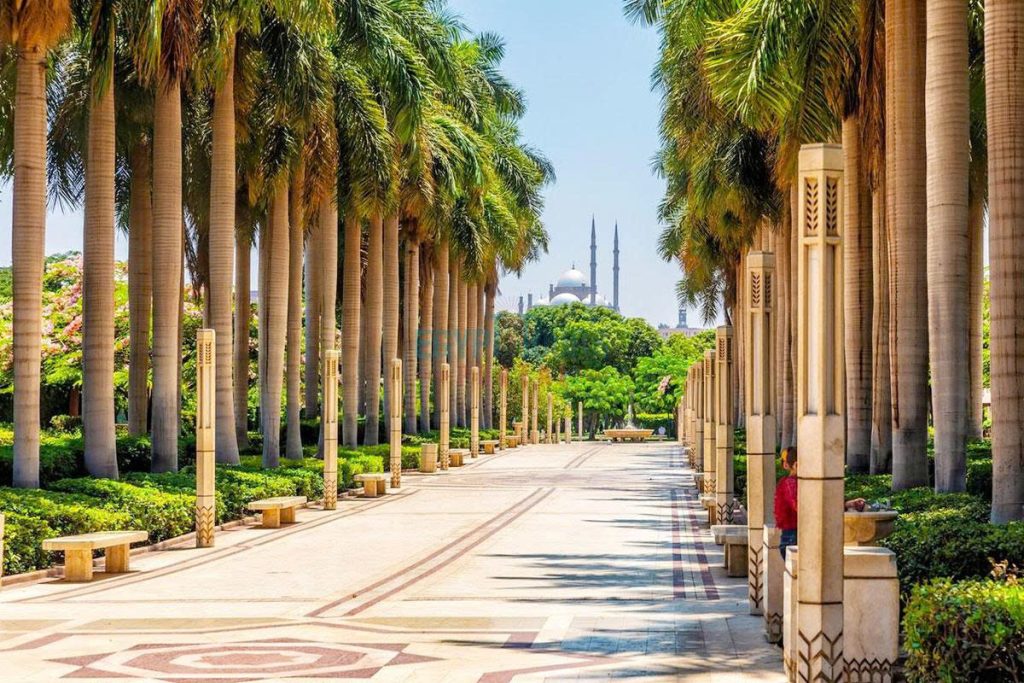
A massive green space developed with Agha Khan Trust for Culture funding. It offers respite from the city’s intensity, beautiful gardens, and elevated views over the Citadel and the older parts of the city. It’s a favorite spot for local families.
15. Explore the City of the Dead (Al-Qarafa)
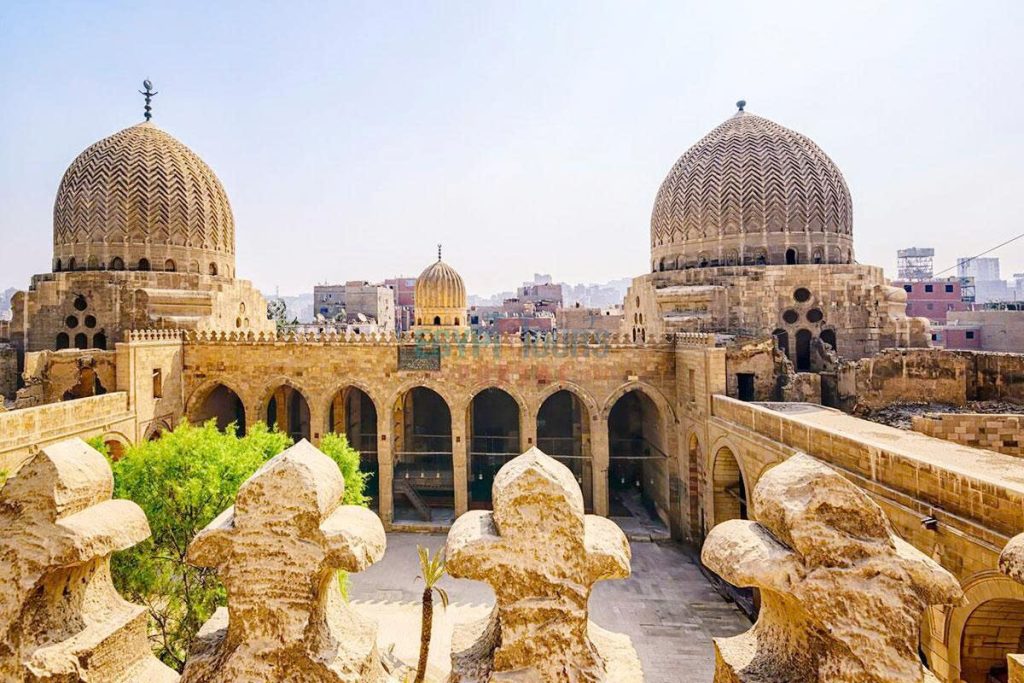
A fascinating, sensitive, and large necropolis where many Cairenes live among the tombs, often setting up permanent homes. This is a powerful sociological and historical Informational experience. Only visit with a highly recommended, private local guide who understands the cultural sensitivities and can navigate the unique environment respectfully.
16. The Wekalet Al-Balah
A working market focusing on fabrics, clothing, and textiles, offering an authentic, non-touristy contrast to the curated Khan el-Khalili. It’s a place to see the real commerce of Cairo in action.
Advanced Day Trips and Specialist Activities
Rounding out the Top 20 with high-value specialist excursions and historical dives for the dedicated traveler.
17. Day Trip to Alexandria
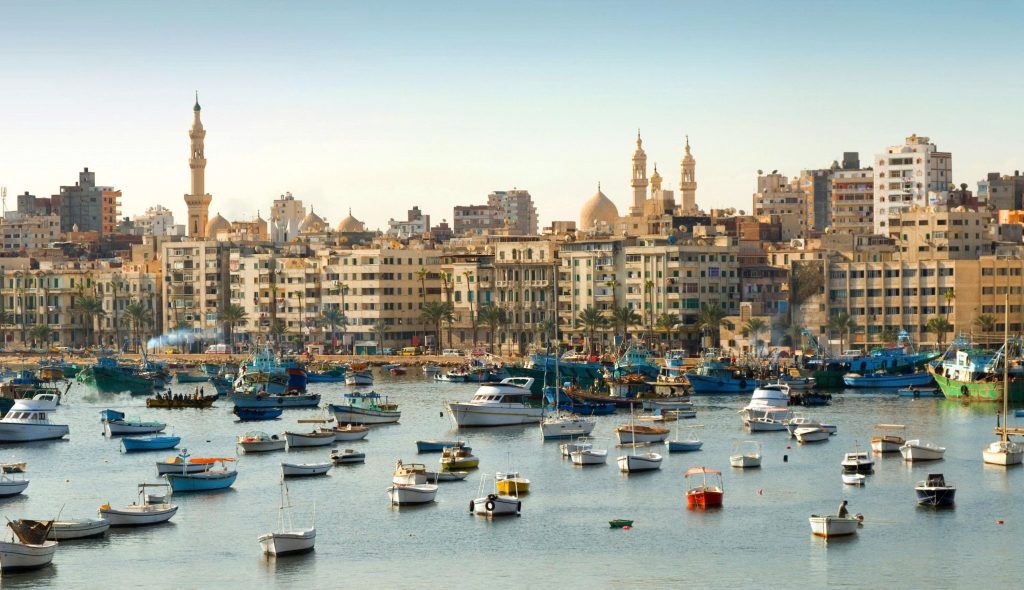
A long but profoundly rewarding day trip (approx. hours by high-speed train) to Egypt’s second city and its Mediterranean, Greco-Roman history.
Must-See:The modern Bibliotheca Alexandrina (the new library, an architectural wonder), the Roman-era Catacombs of Kom el Shoqafa (a unique blend of Pharaonic and Roman funerary art), and the exterior of the Citadel of Qaitbay (built on the ruins of the Lighthouse of Alexandria, one of the Seven Wonders of the Ancient World).
18. The Pharaonic Village
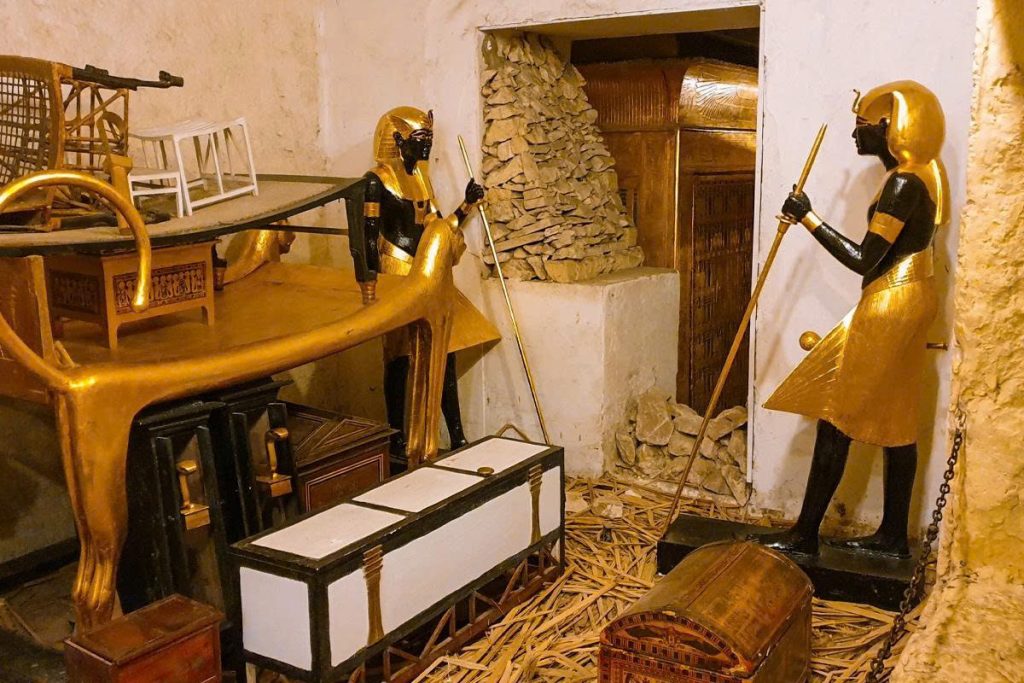
A dedicated historical theme park that provides a detailed, live-action historical re-enactment of ancient Egyptian life on an island on the Nile.
Audience: Ideal for families and those who prefer a highly visual, narrated summary of Pharaonic culture, including demonstrations of farming, boat-building, and artistic crafts in a clean, controlled setting.
19. The Cairo Contemporary Art Scene (Zamalek)
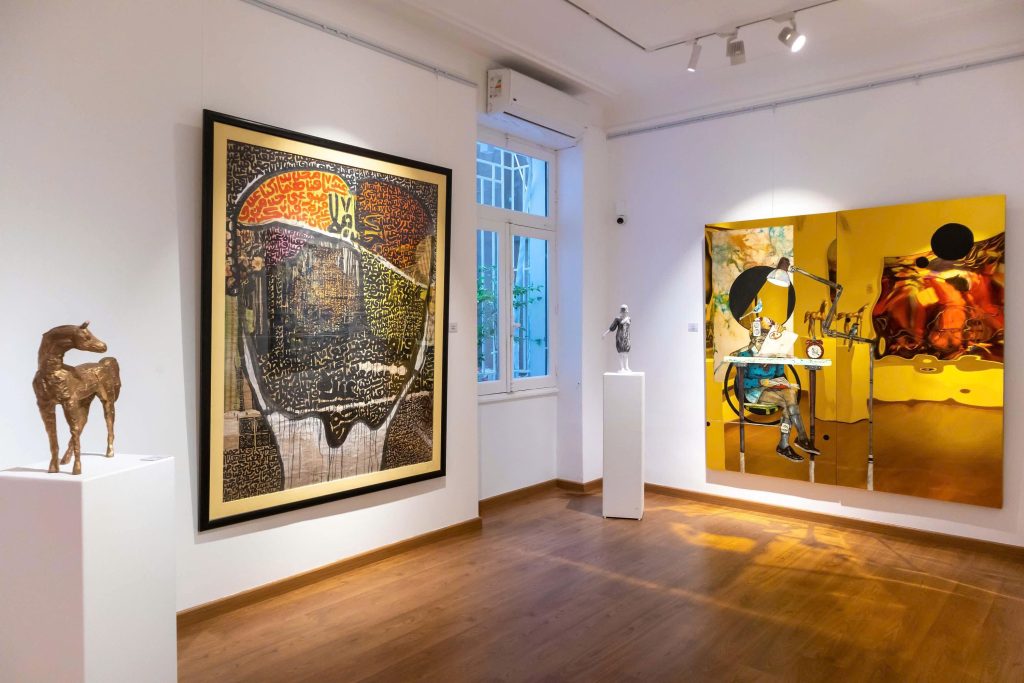
For cultural relief and a look at modern Egyptian society, explore the wealthy Zamalek Island area. This island is home to numerous independent art galleries, bookshops, and chic boutiques that showcase modern Egyptian art and design.
20. See the Giza Pyramids Light and Sound Show
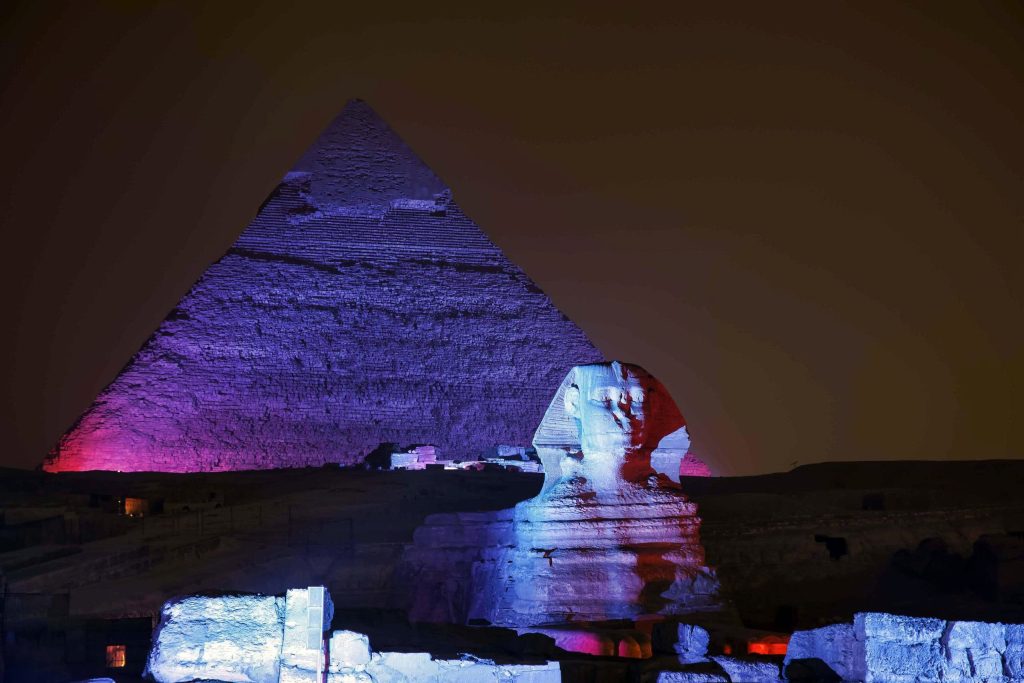
A nightly, ticketed performance at the Giza Pyramids site that uses lights and narration to tell the history of the Pharaohs and the Sphinx.
You can watch the show from the official viewing stands (a formal, ticketed Experience) or, for a more casual and cheaper view, from the rooftop terraces of hotels near the Pyramids (such as the Marriott Mena House or local guesthouses) for a more distant view.
This essential final section provides practical, actionable advice to help you navigate Cairo with confidence and respect, ensuring a smooth, safe, and flawlessly executed journey.
Mastering Tipping and Financial Transactions
Baksheesh Etiquette: Baksheesh (tipping/gratuity) is a cultural necessity and is not optional. It is expected for every small service (directions, carrying luggage, bathroom attendants, showing you a viewpoint, taking a photo). Always carry a significant amount of small Egyptian pounds (LE) for tipping—denominations of , , and LE.
Guides and Drivers: Tip generously for full-day service (typically for professional guides and slightly less for drivers) as this is a core part of their income. This respectful practice is the basis of local Trustworthiness.
Dress Code and Cultural Respect
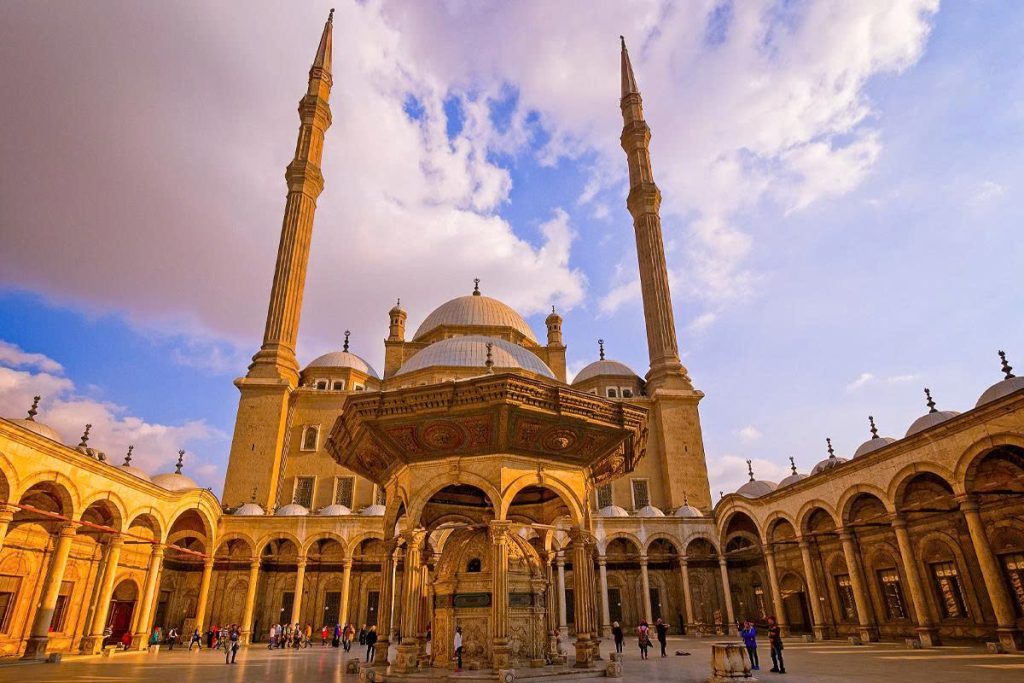
When visiting mosques or in traditional Islamic Cairo, men should wear long pants, and women should wear clothing that covers their shoulders, chests, and knees. Women must carry a scarf to cover their hair before entering any mosque. For general touring, light, breathable cotton is ideal.
Avoid overt public displays of affection. Always ask permission before photographing individuals, especially women and children. Be prepared to offer a small baksheesh if permission is granted, as this shows mutual respect and Authority.
Health and Hydration Protocols
Water Safety: Strictly adhere to drinking only sealed bottled water. This includes using bottled water for brushing your teeth. Avoid ice in drinks outside major international hotels and avoid unpeeled raw fruits or vegetables.
The intense sun requires proactive defense. Wear a wide-brimmed hat, light-colored clothing, high-SPF sunscreen, and sunglasses, especially on the exposed Giza plateau. Plan for frequent, cool breaks to manage the heat.
RELATED: 7 Wonders of the World: A travel and history guide
Cairo is a rewarding challenge—a city that demands respect, patience, and a well-executed plan. By prioritizing these Top 20 Things to Do, leveraging our expert logistical advice for the core icons, and embracing the local culture, your journey into the Mother of the World will be truly unforgettable and flawlessly executed.

